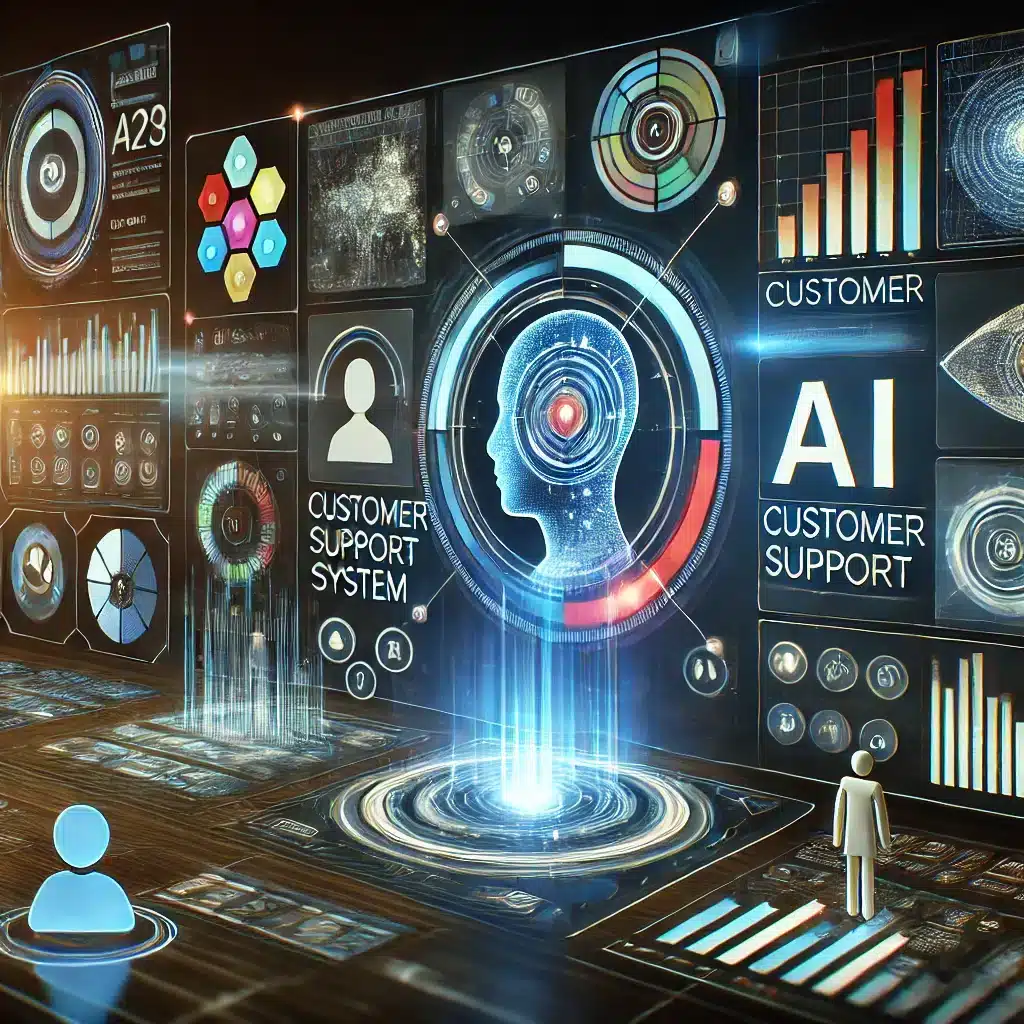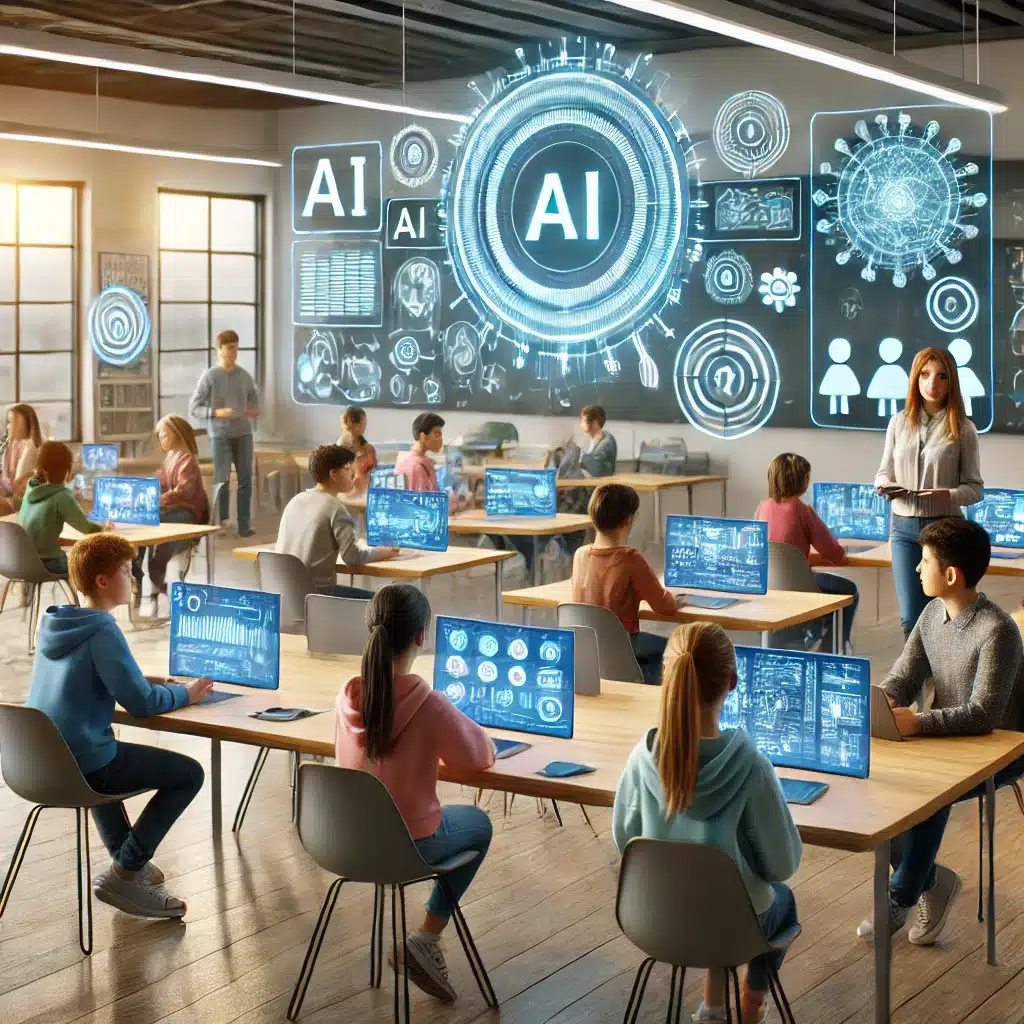Understanding the Scope of AI in Security Technologies
AI in Security Technologies has become a focal point for many industries. However, it is crucial to navigate the challenges that arise from unfulfilled promises. For instance, companies such as Evolve claim that their AI-driven security systems can efficiently detect weapons. Nonetheless, numerous allegations state that these claims lack substantial backing. Consequently, Evolv has faced scrutiny from the Federal Trade Commission. The FTC insists that technology claims, especially those involving children’s safety, need robust support to avoid misleading consumers. To delve deeper, you can view the article here.
Challenges of Overpromising and AI Bottlenecks
The case with Evolv illustrates a broader trend where the capabilities of AI in security technologies are sometimes overstated. This leads to challenges and misconceptions within the industry. Moreover, despite significant investments, AI model improvements seem to be hitting bottlenecks. The debate around AI hitting a wall has led to a deeper examination of how companies can overcome existing limitations. According to Business Insider, tapping into new data types and building reasoning into AI systems might be crucial. Check out their discussion here.
Addressing Misconceptions and Enhancing AI Efficacy
Therefore, understanding the limitations and addressing the misconceptions in AI deployment is vital. By focusing on specific areas such as data quality and specialized model training, companies can enhance AI efficacy. One example of this effort is embracing multimodal data, which combines visual and audio sources to provide more comprehensive inputs to AI systems. Furthermore, partnerships with data-rich organizations could offer new avenues for data acquisition, thus keeping the progress curve ascending.
The Road Ahead: From Challenges to Opportunities
Ultimately, despite the challenges, opportunities abound in AI for security technologies. Industry pioneers are continuously researching how to refine AI systems through smaller, more specialized models. Meanwhile, the focus on reasoning within AI facilitates unprecedented advances, making systems smarter and more adaptable. Both developers and consumers must remain patient and invested in this transformative journey. In conclusion, addressing these challenges head-on could lead to meaningful breakthroughs in AI, ensuring its potential is fully realized.



